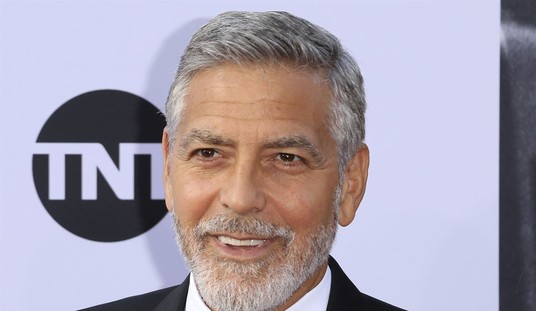While Congress debates the overhaul of one-sixth of the American economy with ObamaCare, another sixth of the economy looks as though it will get allocated on a political basis. The New York Times reports on an EPA analysis of emissions credits that favor mostly coastal states — mainly Democratic strongholds — at the expense of Midwestern and coal-belt states. Energy producers are up in arms, but everyone should be objecting to this rather corrupt allocation of emissions licenses:
A new U.S. EPA analysis requested by Sen. Russ Feingold (D-Wis.) is spawning a lobbying frenzy among Midwestern utilities that claim the document shows they will be treated unfairly under federal climate legislation.
They say the assessment (pdf) reveals that states like California will receive a financial windfall under a global warming bill, while states like Wisconsin will not get enough help and will have to spike electricity rates as a result.
“The EPA document just confirms the formula will disadvantage Midwest states for decades to come while the coastal states will hit a ‘federal jackpot’ every year over the life of the new program,” said Zachary Hill, senior manager of federal government affairs at Alliant Energy, a Wisconsin-based utility.
Some environmentalists are counterattacking that the three-page report is flawed because its author relied on questionable methodology and analyzed only one part of a bill that passed the House earlier this year. They also say a Senate version of climate legislation is still being drafted and could make EPA’s statements moot.
“I have not been particularly impressed of certain aspects of EPA modeling,” said Joe Romm, a senior fellow at the Center for American Progress. “It looks to me like they’ve done what is easy for them to do, but isn’t accurate.”
Unfortunately for that argument, Waxman-Markey already passed the House. The Senate version may address this problem, but the issue will likely remain all the way through the conference committee. Note, too, that Romm and CAP didn’t object to the problem shown in the analysis while Waxman-Markey got rushed through the House in early July. Also, while Romm claims to be unimpressed with the EPA’s modeling, he also neglects to mention that the EPA will be in charge of the entire process if cap-and-trade passes.
The EPA analysis shows some interesting variations in the burden of carbon compliance, based on the legislative language in Waxman-Markey. How many million tons do each state emit at the moment, and what will they be allowed to emit by 2012? Let’s start with a few notable coastal states:
- California – 87 now, between 99-127 in 2012
- Florida – 138 now, between 111-112 in 2012
- New York – 57 now, between 58-69 in 2012
- Washington – 35 now, between 35-41 in 2012
- Oregon – 20 now, between 20-23 in 2012
- Massachusetts – 24 now, between 23-27 in 2012
Alone among these traditional Democratic strongholds is Republican-leaning Florida, which will be asked to make massive cuts of at least 15% or buy excess credits … from places like California, New York, Washington, and so on. What about Midwestern or coal-belt states?
- Minnesota – 56 now, 33-45 in 2012
- Wisconsin – 55 now, 34-44 in 2012
- Michigan – 77 now, 52-62 in 2012
- Iowa – 36 now, 21-29 in 2012
- Indiana – 75 now, 52-61 in 2012
- Ohio – 110 now, 76-89 in 2012
- Pennsylvania – 84 now, 68-72 in 2012
- West Virginia – 23 now, 16-19 in 2012
- Kentucky – 62 now, 44-50 in 2012
Get the picture? The EPA predicts that Waxman-Markey will force the interior states to buy excess credits from those states, mainly on the coasts, that will have so many emissions credits that they can sell them to bolster their state governments. Just coincidentally, most of those are states that go Democratic in national elections. California’s example is especially egregious, given the potential for almost 150% of current emissions in credits for 2012. Perhaps it’s also no coincidence that Henry Waxman represents the Golden State in Congress.
Emissions allocations look less like an energy policy and a lot more like Chicago-on-the-Potomac.








Join the conversation as a VIP Member